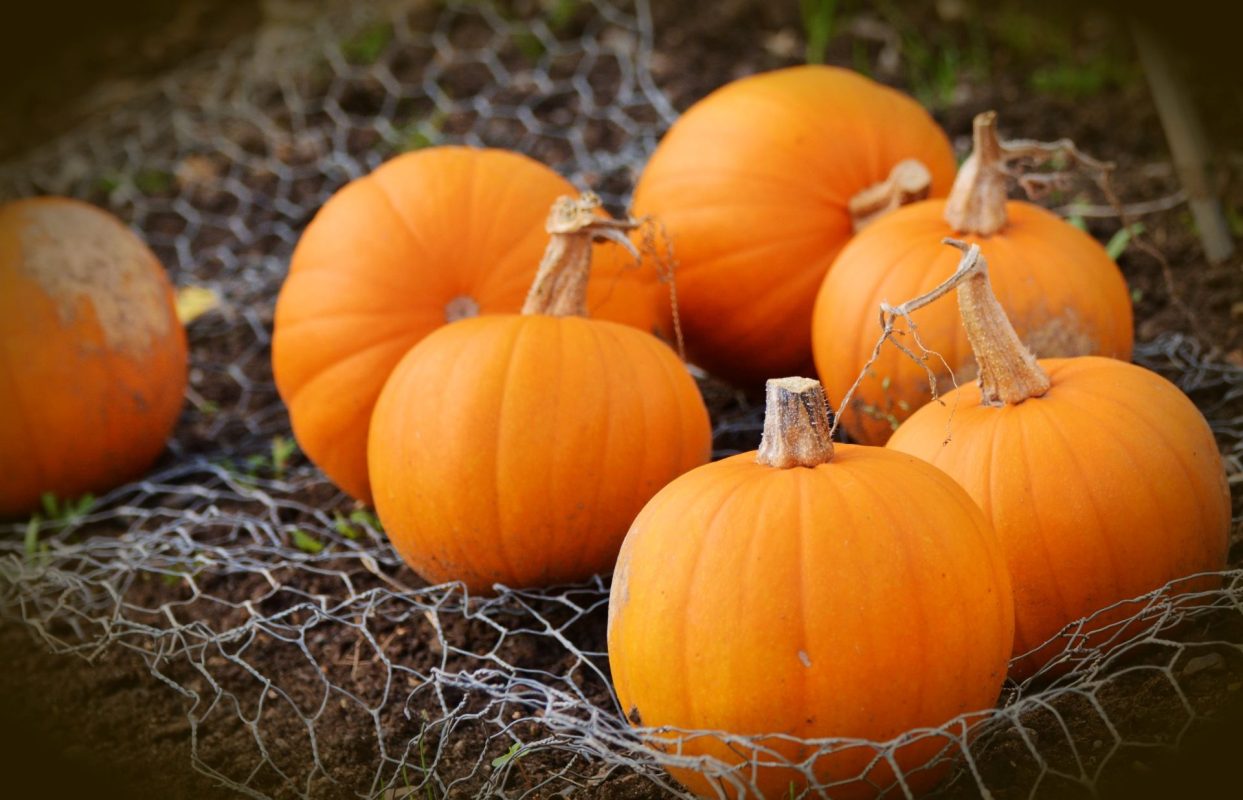YETRAC
Cultivation of Zucchini: Characteristics and Best Practices
Cultivation of Zucchini: Characteristics and Best Practices
Zucchini cultivation in Turkey exhibits unique features compared to other vegetables, driven by seasonal variations and methods of evaluation. The cultivation of summer squash, known as “kabak” in Turkish, has seen a significant shift towards year-round production, especially with the use of protective covers, allowing cultivation even during winter months. The annual total production of summer squash in Turkey hovers around 300-400 thousand tons, with various culinary uses for summer and winter varieties.
Classification
In Turkey, zucchinis are categorized into summer, winter, and ornamental varieties. Summer varieties include Sakız, Girit, Su, and Asma kabak, while winter varieties consist of Bal, Kestane, and other large-sized squash.
Root System
Zucchini is an annual vegetable with a unique root system. During the early stages, it develops shallow lateral roots around the main taproot. These lateral roots grow rapidly, giving the appearance of a well-branched root system. Depending on soil structure and plant development, roots can extend 1-1.5 meters laterally, with 60-70% of the roots found within the top 30 cm of the soil.
Stem
In varieties like Sakız and Girit zucchinis, the stem grows upright or semi-prostrate. The plant maintains a compact appearance within a diameter of 50-100 cm. While having an herbaceous nature, the stem is robust, starting green and gradually transitioning to light green or even brown. The stem is adorned with stiff prickles and hairs, with a preference for short and armless main stems in summer varieties.
Leaves
Zucchini leaves are attached to the stem via long petioles. The petioles are longitudinally grooved, spiny, and hairy. The middle of the petiole has a deep channel, and the interior is hollow and round. Leaves can vary in size, being large, oval, pentagonal, or heart-shaped, with the possibility of being lobed and spiny.
Flowers
Zucchini flowers emerge in leaf axils on the main stem. They are unisexual, meaning both male and female flowers exist on the same plant but in different locations. Male flowers have longer and thinner stalks compared to female flowers. Flowers develop either individually or in groups of three or four. The calyx and corolla have five parts each, with colors ranging from green to various shades of yellow.
Fruits
Zucchini fruits exhibit significant variations in shape, size, segmentation, and flesh characteristics among different varieties. For summer varieties like Sakız and Girit, the harvest period yields fruits measuring 10-25 cm in length and 3-10 cm in diameter, suitable for culinary use. The seeds of zucchinis also come in various colors, including white, milky white, gray-white, yellow-white, brown, red-brown, and leaden brown.
Seed and Germination
Zucchini seeds should be planted at a depth of 3-5 cm, with colors ranging from white, milky white, gray-white, yellow-white, brown, red-brown, to leaden brown. Seeds have a high purity of around 98%, and germination rates are approximately 90%. They can retain their germination capacity for 5-10 years under normal storage conditions.
Climate Requirements
Zucchinis thrive in mild environmental conditions during their growth stages and prefer warmth during the fruiting period. They are sensitive to extreme cold and hot temperatures, making spring and fall the ideal periods for cultivation. Regular irrigation is crucial, especially in hot weather.
Soil Requirements
While zucchinis are not highly selective in terms of soil, they do not favor extremely heavy or sandy soils. Ideal soil conditions include deep, well-draining, organic-rich loamy soils with a pH of 6-7. Adequate preparation of the soil is essential for successful cultivation.
Cultivation and Irrigation
Cultivation practices include soil tillage based on climate conditions and production timing. Direct seeding or transplanting should be done when the soil temperature reaches 10-12°C. Irrigation should be frequent, ideally every 3-4 days, to support plant development and yield.
Fertilization
Zucchinis appreciate soil rich in organic nutrients. Well-rotted farmyard manure (4-6 tons per hectare) is recommended, along with nitrogen (8-12 kg), phosphorus (10-15 kg), potassium (10-12 kg), and lime (4-8 kg) fertilizers, depending on the variety. Farmyard manure should be applied a month before sowing or planting.
Pest and Disease Control
Effective weed control through hoeing is crucial for zucchini cultivation. Mulching with plastic materials can also aid in weed management. Key diseases include powdery mildew, downy mildew, zucchini yellow mosaic virus (ZYMV), and fusarium. Pests such as nematodes, red spiders, thrips, and aphids should be promptly addressed. Using resistant varieties is recommended.
Harvesting and Storage
For varieties like Sakız and Girit zucchinis, optimal harvest size is reached when the fruit is 10-25 cm long, representing one-third of its normal size. Harvesting is typically done in the morning or evening by cutting the stem with a knife or scissors. Immediate transportation to the market is advised. Summer zucchinis can be stored for approximately 20-30 days at temperatures of 4-8°C and humidity levels of 80-90%.
Yield
Under ecological conditions, cultivation techniques, and specific variety characteristics, zucchinis can yield 2-4 kg per plant, and a total of 6-8 tons per hectare can be harvested.

